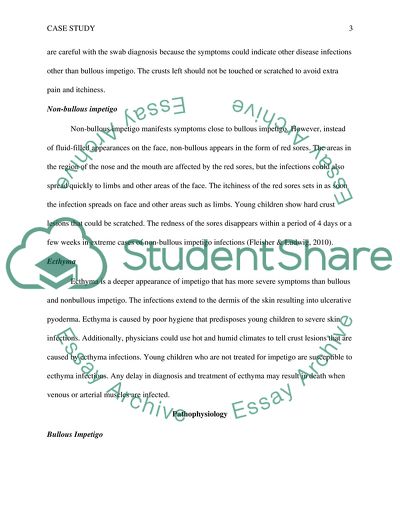Cite this document
(Impetigo Case Study Example | Topics and Well Written Essays - 1000 words, n.d.)
Impetigo Case Study Example | Topics and Well Written Essays - 1000 words. https://studentshare.org/medical-science/1867462-diagnosis-and-pathophysiology-of-impetigo
Impetigo Case Study Example | Topics and Well Written Essays - 1000 words. https://studentshare.org/medical-science/1867462-diagnosis-and-pathophysiology-of-impetigo
(Impetigo Case Study Example | Topics and Well Written Essays - 1000 Words)
Impetigo Case Study Example | Topics and Well Written Essays - 1000 Words. https://studentshare.org/medical-science/1867462-diagnosis-and-pathophysiology-of-impetigo.
Impetigo Case Study Example | Topics and Well Written Essays - 1000 Words. https://studentshare.org/medical-science/1867462-diagnosis-and-pathophysiology-of-impetigo.
“Impetigo Case Study Example | Topics and Well Written Essays - 1000 Words”. https://studentshare.org/medical-science/1867462-diagnosis-and-pathophysiology-of-impetigo.


